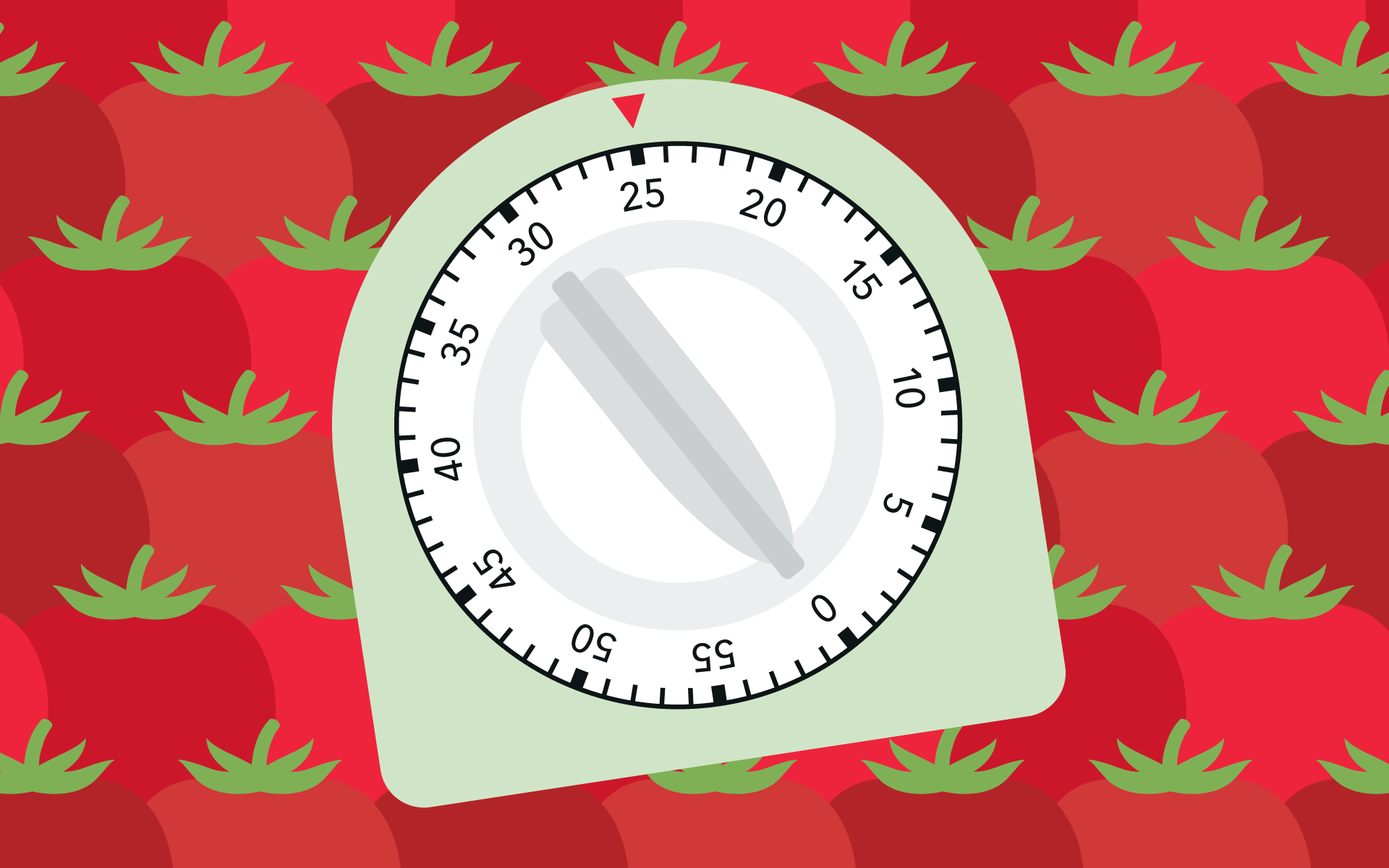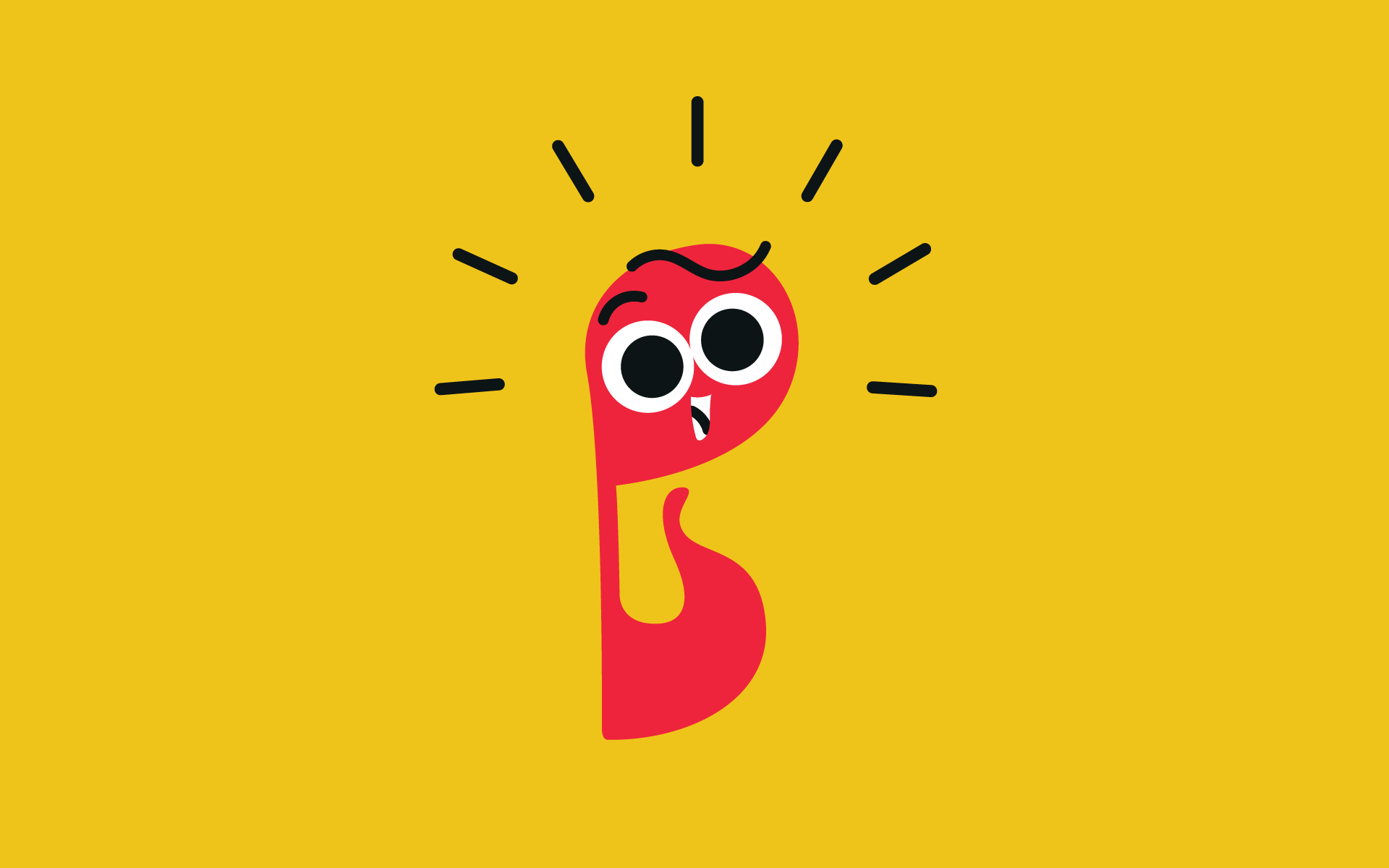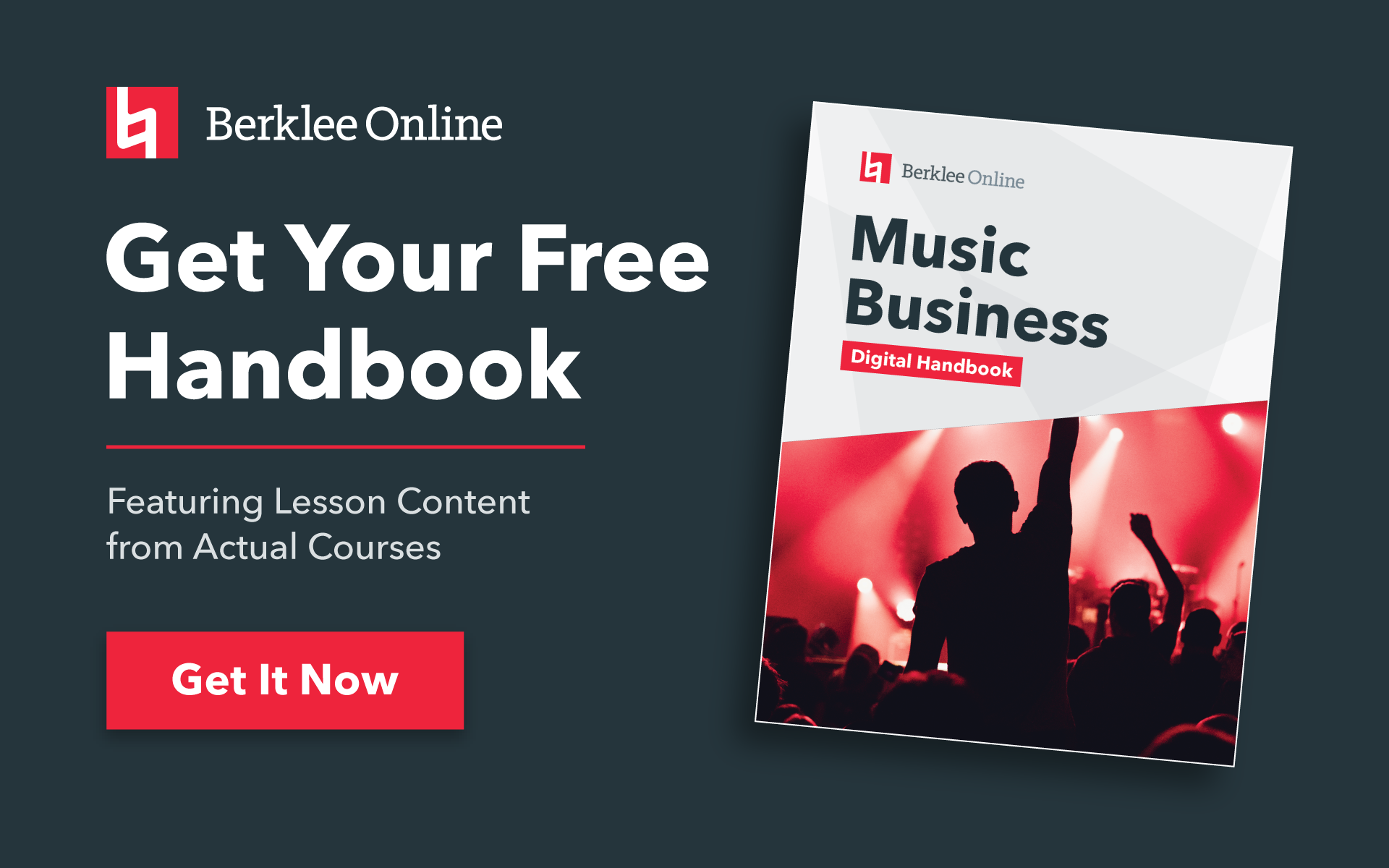The following information on marketing your music is excerpted from the Berklee Online course The Business of Music Marketing, written by Mike King, and currently enrolling
A Quick Introduction to the Business of Music Marketing
Put simply, the act of marketing is making the right people aware of the right thing at the right time. While there’s truth to this definition, so much more goes into an effective multi-channel, diversified, and integrated music marketing campaign. Read on for a breakdown of an effective music marketing plan from start to finish.
Tactics vs. Strategy
It’s important to understand the difference between strategy and tactics. Tactics can include the flashy aspects of a music marketing campaign. In the best-case scenarios, tactics are employed to support an overarching strategy, which in turn is designed to accomplish a specific goal. To use familiar examples, think of Taylor Swift going dark on social media in advance of a record release or Beyoncé launching a “surprise” video album.
These are examples of marketing tactics, which are employed to support an overarching strategy of mass awareness around a release of new music, with the overall goal of getting as many people to stream the music, encourage ticket sales around a tour, or encourage a fan base to purchase physical product. A strategy defines the path and supports the long-term goals, and the tactics used to achieve this strategy can be viewed as the steps taken to walk down that strategic path.
Understanding Your Target Demographic and Psychographic
Targeting the wrong people in your marketing efforts does little good. The average consumer is exposed to up to 10,000 brand messages a day. In one survey on ad blocking, 12 percent of respondents strongly agreed and 33 percent of respondents agreed with the statement “I don’t notice online ads anymore, even if I don’t block them.”
Media has changed significantly over the past 15 years, from a landscape where most consumers paid attention to a few key outlets to a landscape where the media input for each consumer is different. We don’t collectively watch the same television show at night at the same time, or read the same paper, or look at the same website.
This shift means that identifying the shared characteristics of your ideal consumer—and identifying outlets that correspond with those characteristics—is critical to your success. Broadly speaking, there are two main ways to identify who your core target market is: demographic information and psychographic information.
Demographic information is census information: gender, age, geography, ethnicity, education, occupation, income level, and marital status. While somewhat useful, demographic information is also limited in that it doesn’t provide insight into how these core groups think, feel, spend their free time, and align with other people.
Psychographic information is much more effective at helping to determine how people act and where their true interests lie. Demographics contribute to the who aspect of your target consumer while psychographics provide information on what your target consumer is interested in, and how to reach them. From an operational standpoint, psychographics provide more effective and actionable information for marketers.
Demographic Information
- Gender
- Age
- Geography
- Ethnicity
- Education
- Occupation
- Income level
- Marital status
Psychographic Information
- Interests
- Attitudes
The Marketing Funnel
Marketers think in terms of funnels. Funnels help us understand our results at different points during the marketing cycle and tailor our efforts in the most effective way. The marketing funnel outlines the stages that prospective consumers travel through before making their buying decision. Marketers define the touchpoints within the Marketing Funnel differently (there are several variations of the marketing funnel) but the following is a good reference point:
Direct connection with the consumer is key. Not all marketers operate this way. In fact, many marketing funnels omit the acquisition and engagement components of the funnel above and instead focus on various forms of awareness that lead directly to monetization. An alternative, (and perhaps more traditional) funnel where acquisition and direct engagement is minimized and self-selecting consumer journey is prioritized, could look like this:
- Awareness: Prospective consumer either searches for, or is exposed to, your product or service.
- Interest: Prospective consumer learns more about your product or service.
- Consideration: Prospective consumer reads reviews of your product or service, and compares your product to other similar options.
- Action: Prospective consumer adds product or service to shopping cart, reviews cart, and completes transaction.
Both funnels have merit, and choosing an approach is not a binary option. Each option reminds you that consumers are inundated with broad marketing messages at a high rate. The best way to cut through the marketing clutter is to segment a targeted group of prospective consumers into specific one-to-one campaigns and personalize your communication.
The Essential Framework to Creating a Successful Marketing Campaign
Identifying your goals, strategy, tactics, and who you want to talk with—as well as creating a funnel to measure success—are important high-level when it comes to marketing. Let’s break down a more complete framework, starting from the top.
1. The Big Idea
First, take the time to answer big picture questions, including:
- What do you want to do?
- What are your goals?
- Do you want to launch a new artist’s career or do you want to start a new music management company?
- How will you measure success?
2. Market Research
Once you know what you want to accomplish, the next step is to determine opportunities in the market. First mover advantage (being the first to create something) means less competition, but it also means you could have a harder time gaining traction for something consumers aren’t familiar with.
3. Competitive Analysis
To help differentiate from your competition, ask questions like:
- Who else is doing what you want to do?
- How are they doing it?
- What opportunities are there for you to do it better?
Find out how your competition:
- Prices their offering
- Markets their offering
- Partners with other people
- Manages their brand
Answering these questions will provide you with solid insight into how you can differentiate yourself.
4. Target Market
Be more efficient with your marketing efforts by segmenting your market and identifying appropriate outlets and techniques to reach the right people.
5. Positioning
Once you have a handle on the market and on any competition, you can work on positioning your product or service. Create a Unique Selling Proposition (USP) based on opportunities you have discovered through your research.
6. Strategy and Tactics
The steps above set you up to create your strategic and tactical marketing plan. Your tactics and strategy will include everything from the operational aspects (pricing, ecommerce and bundling options, website creation and visibility) to the platforms and methods you use to communicate (social media plan, acquisition techniques, image and copy choices, content marketing, partnerships, paid and organic search techniques, and much more).
7. Budget
Next, get a handle on your projected spending by answer questions like: How much do you have and what is the most appropriate way to spend? Online advertising provides marketers with the ability to adjust campaigns mid-stream based on results.
8. Data and Analysis
Finally, it’s time to learn from the data you’ve accrued. One of the most critical aspects of marketing is to effectively measure your efforts. A proper approach to data and associated analysis includes measuring the effectiveness of as many of your campaign ideas as possible. Analyze the results of A/B testing taglines, images, and overall advertising campaigns; traffic to your website; lead and registration activity; and tracking costs to your marketing efforts.
Marketing as an “Infinity Loop”
At the risk of becoming too geometric with a top-level definition of marketing, it’s also helpful to visualize marketing as an infinity loop. Our funnel visual of finding, attracting, communicating, and finally monetizing interested consumers provides us with a view of how to attract and convert prospective consumers, but effective marketers know that finding and converting new customers is only half the story. As a point of reference, it’s expensive and difficult to find new consumers and inexpensive and relatively less challenging to convert existing fans. A marketing infinity loop is a good way to visualize the dual importance of not only finding new fans, but also utilizing techniques to engage with and convert existing fans to re-purchase and re-engage.
The best brand ambassadors are fans that are provided with a foundation and reason to talk on your behalf. If you maintain an excellent relationship with your consumers and communicate effectively, current marketing campaigns can build on the success of past marketing campaigns, your existing consumers can be optimized to help you find new consumers, and your marketing pipeline does not start from zero for every new marketing initiative.
Conclusion
Creating an album or planning a tour is only half the battle. An effective multi-channel, diversified, and integrated music marketing campaign helps make sure the right people buy and engage with you.
STUDY MUSIC BUSINESS AT BERKLEE ONLINE












